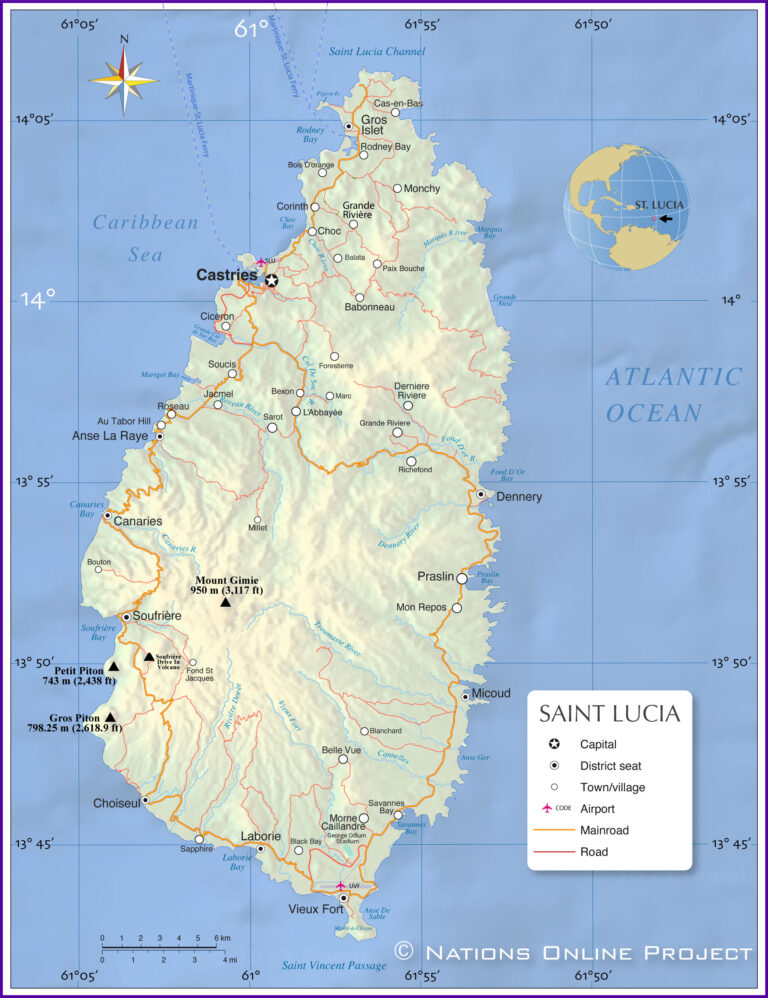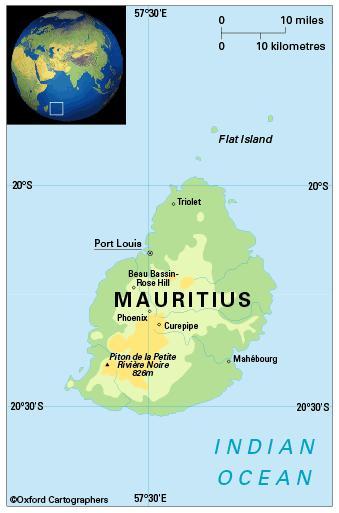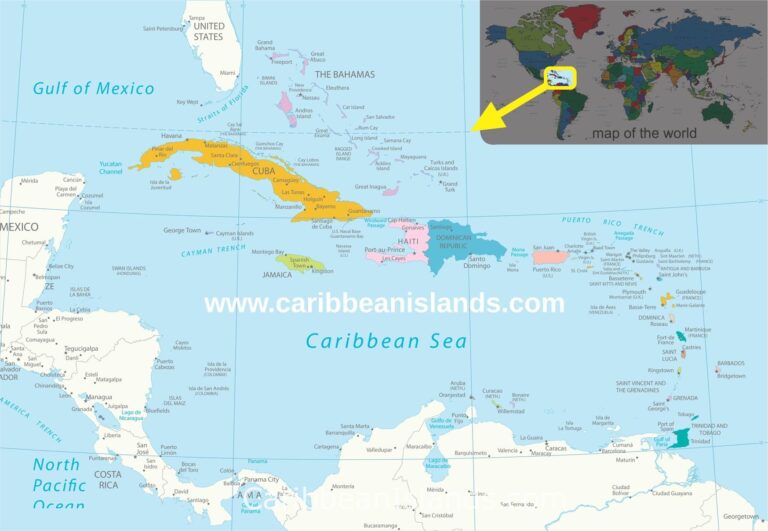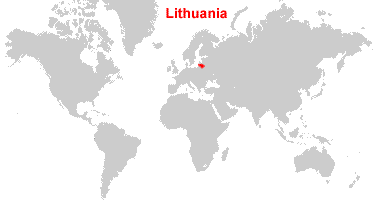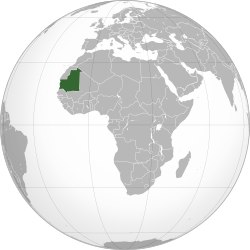Ireland Neighbouring Countries and European Neighbors
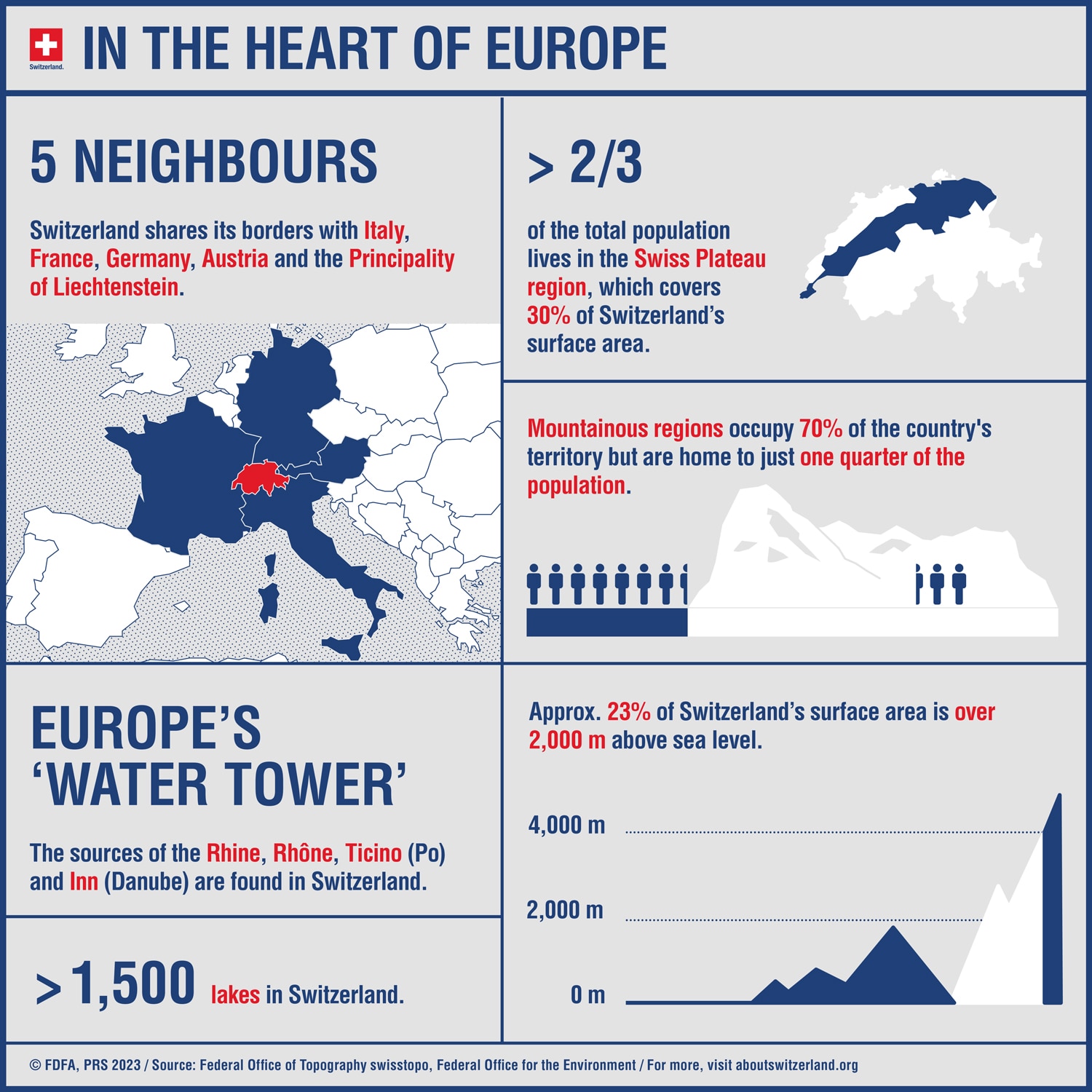
Bordering Northern Ireland
Ireland shares its only land border with Northern Ireland, which is part of the United Kingdom. This unique line separates the Republic of Ireland from Northern Ireland and marks the sole division between the island and another country.
Geography of Ireland’s Neighbors
Northern Ireland
Sitting north of the Republic, Northern Ireland’s border stretches about 499 km (or 310 miles), from Lough Foyle to Carlingford Lough. The border features rugged terrains, rolling hills, and flatlands, blending quietly into the landscape. Thanks to the Common Travel Area, originally set up in 1923, people and goods can move freely across it (Wikipedia).
| Border Feature | Kilometers |
|---|---|
| Total Border Length | 499 |
| Northern Ireland | 499 |
The United Kingdom (by extension)
The United Kingdom, made up of England, Scotland, Wales, and Northern Ireland, plays a big role in the border dynamic, mainly due to the Brexit withdrawal agreement. This agreement added layers to trade and travel rules here. Northern Ireland sticks to EU laws for goods and travel, creating a unique set of circumstances not always seen elsewhere.
Key Points about the Border
- Length: The line between the Republic of Ireland and the UK runs 499 km (310 mi) (Wikipedia).
- Common Travel Area: This setup from 1923 lets folks and goods move around with ease.
- Brexit Impact: The 2016 vote showed Northern Ireland wanting to stay in the EU, with 55.8% voting that way (Wikipedia).
If you’re curious about geographical ties elsewhere, check out our articles on other nations’ neighboring countries such as the Dominican Republic, Ecuador, and Egypt.
The Irish Border Protocol
Impact on Trade Relations
As of January 1, 2021, the Northern Ireland Protocol gave trade a bit of a shake-up between the UK, Northern Ireland, and the EU. Think of it as the protocol that put its foot down, needing new checks on things coming from Great Britain to Northern Ireland’s ports, even if they weren’t planning on taking a detour to the Republic of Ireland. This was all to keep that border nice and open, pretending to play by all the EU’s rules without actually drawing a line through Ireland.
Trade Checkpoints and Customs Declarations
Now enters the stress of logistics and red tape. Goods from Great Britain to Northern Ireland had to jump through more hoops than a circus act to assure they weren’t going rogue from EU standards. Businesses definitely felt the pinch with an increase in paperwork that was harder to dodge than a loaded sneeze, longer wait times at ports, and more dough spent just to ship stuff across the Irish Sea.
| Trade Impact Factors | Description |
|---|---|
| Customs Declarations | Still a nagging requirement for goods heading over from Great Britain. |
| Port Checks | There to make sure nobody slips anything non-EU-standard under the nose. |
| Administrative Burden | More red tapen than a firecracker warehouse at Chinese New Year’s. |
| Trade Costs | A blow to the wallet thanks to all the extra governmental hoops and ladders. |
Reactions and Political Response
The Democratic Unionist Party (DUP) wasn’t too thrilled with the new rules, as they took a stand by avoiding the power-sharing thing at Stormont, claiming that these new checks were throwing kinks in their trade and sovereignty plans.
This led to a little chat with the UK government, resulting in the “Safeguarding the Union” deal. This deal aimed to cut back on the crazy amount of checks and paperwork for stuff moving from Great Britain to Northern Ireland, even ditching customs declarations for goods staying put in Northern Ireland (BBC).
Trade Flow Adjustments
Thanks to all this shake-up, the border between Northern Ireland and the Republic of Ireland wasn’t messed with—maintaining the illusion of unity by drawing the line out to sea instead. This agreement was crucial to keeping the whole island of Ireland an open playground for trade, without throwing off EU trading rules. Northern Ireland suddenly became like the world’s most peaceful security patrol between the UK and EU markets.
These changes are like a Shakespearean play—full of historic twists and turns—that shape the post-Brexit European trade show. If you’re curious how similar rollercoasters of geopolitics play out, have a gander at Eric and Fiji neighboring countries too.
The Windsor Framework
Changes to Trade Protocols
In March 2023, the European Commission and the UK government hashed out the “Windsor Framework” to shake things up in the Northern Ireland Protocol (Wikipedia). The focus? Smoothing out trade wrinkles between Great Britain and Northern Ireland.
Two Lanes for Goods
The Windsor Framework really lightened the load by setting up two pathways for goods coming into Northern Ireland from Great Britain. This system makes things easier for businesses and reduces the chances of hiccups at the border.
- Green Lane: No need for anyone to sweat the small stuff here; goods sticking around in Northern Ireland can zip through without checks or extra red tape.
- Red Lane: Got goods heading over to the Republic of Ireland or another EU spot? Better have those checks and papers ready (BBC).
| Lane | Goods Destination | Checks and Paperwork |
|---|---|---|
| Green Lane | Northern Ireland | No checks or extra paperwork needed |
| Red Lane | Republic of Ireland, EU | Prepare for checks and documentation |
Stormont Brake Mechanism
Aside from the lane setup, there’s the introduction of a “Stormont brake.” This means the Northern Ireland Assembly can put the brakes on new EU rules if they don’t mesh well with local trade. Activating the brake buys time to pause and review things.
Safeguarding the Union
Toss in the “Safeguarding the Union” trade agreement, which is a big win for reducing paperwork and checks for goods swinging in from Great Britain. Thanks to this, they’ve dropped the customs declarations business for goods meant for Northern Ireland.
Online Shopping and Intertrade UK
Folks in Northern Ireland shopping online have been on a bumpy road. But don’t sweat it—the new Intertrade UK is stepping up to smooth things over. Their mission is to make the transactions bounce smoothly between the UK regions (BBC).
The Windsor Framework marks a real shift in trade protocols from Great Britain to Northern Ireland, aiming to simplify all that cross-border stuff. If you’re keen on how trade shifts play out elsewhere, take a peek at our pieces on France’s neighbors and Germany’s neighbors for more scoops.
Trade Deal Developments
Introduction of Intertrade UK
There’s a new player on the field called “Safeguarding the Union.” It’s a trade deal shaking things up between Great Britain and Northern Ireland. Think of it as a giant sigh of relief for those weary of endless paperwork and hurdles when moving goods between these two. So, what’s fresh here? Well, enter Intertrade UK, the bright idea to smooth out the bumps in the road for trade between UK nations.
Northern Irish shoppers have been hitting roadblocks when trying to order stuff from the rest of the UK, as BBC points out. This new setup promises to cut down on those shipping headaches, strengthening the UK’s economic ties in the process.
Key Points of Intertrade UK:
- Forget the Customs Declarations: Bringing in goods for sale in Northern Ireland? You can ditch the customs forms.
- Trade Barriers Begone: With less red tape, Intertrade UK aims to make moving goods between UK nations as easy as pie.
- Online Shopping Made Easy: Finally, a lifeline for those in Northern Ireland facing online shopping misery.
Curious about Ireland’s land and waters? Want to know about its rivers, lakes, and bogs, or what’s under and around its coastline? Take a peek! Plus, if you’re interested in how other nations like the Dominican Republic and Ecuador handle their borders, we’ve got that covered too. Dive in and see how neighbors influence trade and geography!
Physical Geography of Ireland
Ireland’s physical makeup is full of variety, offering a compelling mix of natural wonders like rivers, lakes, and bogs. Understanding these features helps us grasp the island’s unique ecological framework.
Rivers, Lakes, and Bogs
Ireland is packed with an array of rivers, lakes, and boglands, each playing its own role in the nation’s geography.
Rivers
Top of the list is the mighty River Shannon. Stretching over 360 kilometers, it’s Ireland’s reigning river monarch. Winding its way from County Cavan to eventually join the Atlantic near Limerick, the Shannon acts as a watery divider, separating the west from the southern and eastern parts of Ireland.
| River | Length (km) | Flows Into |
|---|---|---|
| River Shannon | 360.5 | Atlantic Ocean |
| River Liffey | 125 | Irish Sea |
| River Suir | 185 | Celtic Sea |
Lakes
Ireland’s lakes, often called loughs, are something to behold. Lough Neagh in Ulster holds the title for the largest on the island and across Britain, spreading out over 392 square kilometers. Down in the Republic, Lough Corrib takes the cake with an area of 176 square kilometers.
| Lake | Area (km²) | Location |
|---|---|---|
| Lough Neagh | 392 | Ulster |
| Lough Corrib | 176 | Republic of Ireland |
| Lough Derg | 118 | Shannon Basin |
Bogs
Let’s not forget Ireland’s vast boglands, covering about 12,000 square kilometers. These bogs come in two flavors: blanket and raised. You’ll find raised bogs sticking close to the Shannon, while blanket bogs spread their reach more broadly across the land.
| Bog Type | Distribution |
|---|---|
| Blanket Bogs | Spread wide, especially in the west |
| Raised Bogs | Mostly hanging around the Shannon basin |
To explore more about physical geographies elsewhere, take a peek at our guides on dominican republic neighboring countries, ecuador neighboring countries, and egypt neighboring countries.
Extent of Coastline
Seabed Claims and Water Surrounding Ireland
Ireland hangs out near the far edge of Europe, snuggled up against a whole lotta water. The country’s coastline stretches an impressive 7,524 kilometers (or 4,675 miles if miles are more your thing) (Wikipedia). That’s a whole lot of sea breeze and salty air, which brings us a treasure trove of maritime tales and a rainbow of coastal critters. If wandering coastlines across the globe tickles your fancy, go on and check our piece on france neighboring countries.
Seabed Claims
Ireland’s got dibs on seabed territory stretching over a whopping 880,000 square kilometers (that’s like 340,000 square miles for the imperial lovers), making its land area look downright puny by comparison. We’re talking over ten times the size of its actual land. These seabed territories are pure gold for fishing, marine nerds diving in for research, and energy spelunkers (Wikipedia). The sea bottom and surrounding waters play a critical part in Ireland’s wallet, folks.
| Region | Area (sq. km) | Area (sq. mi) |
|---|---|---|
| Land Area | 70,273 | 27,133 |
| Seabed Claims | 880,000 | 340,000 |
If seabed claims around the globe are your jam, dig into our story on ecuador neighboring countries.
Surrounding Bodies of Water
Ireland’s got water, water everywhere, with a few buckets to spare:
- The rollicking Atlantic Ocean holds onto the west
- The Celtic Sea whispers sweet things to the south
- St George’s Channel puts on a show southeast
- The Irish Sea gives a neighborly nod to the east
These watery borders do more than just sparkle—they shape Ireland’s weather, shuffle ships around trade routes, and bring all kinds of aquatic life to town. Coral reefs, swaying kelp fields, and mysterious deep-sea canyons—it’s like a nature documentary out there.
Wrapping your head around Ireland’s aquatic ‘hood and seabed is the key to getting its seaborne past and all-important resources. Curious about how other countries stack up? Dive into articles on india neighboring countries and japan neighboring countries.

